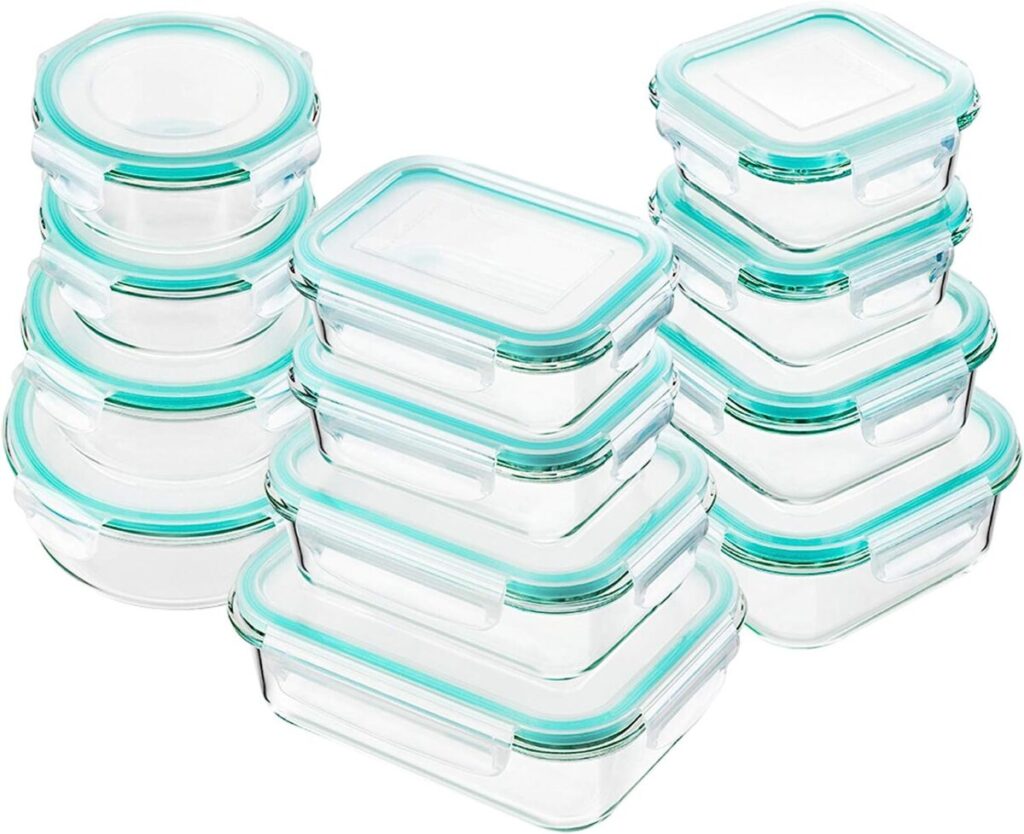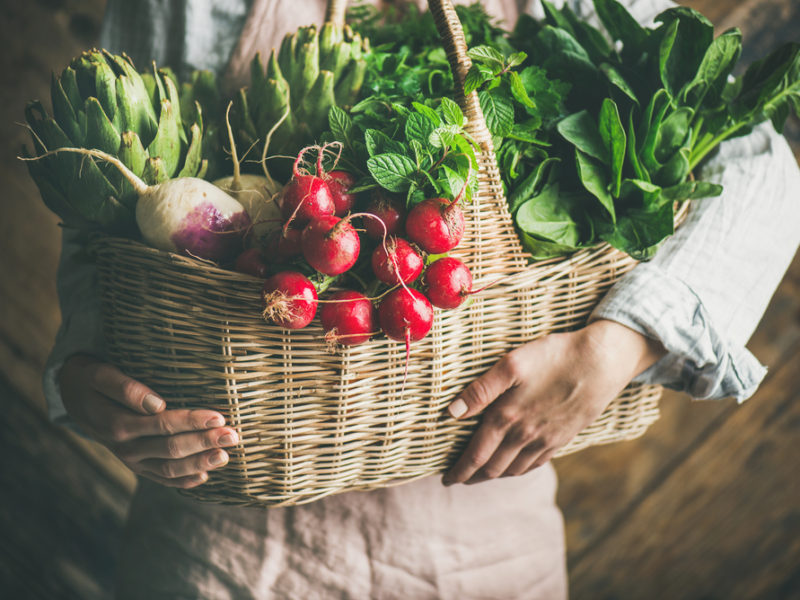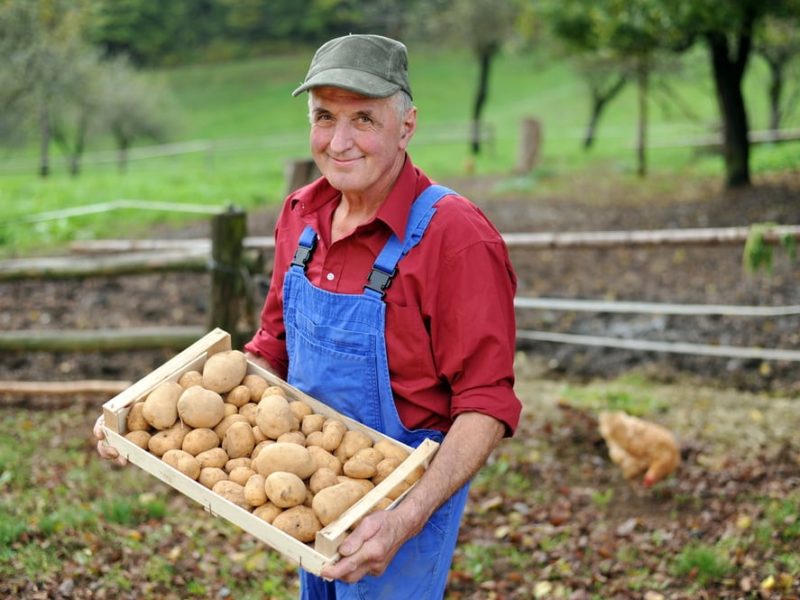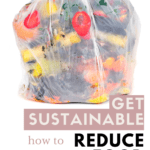If you want to learn easy ways to reduce food waste and plastic garbage, all while saving money, you must read these smart tips!
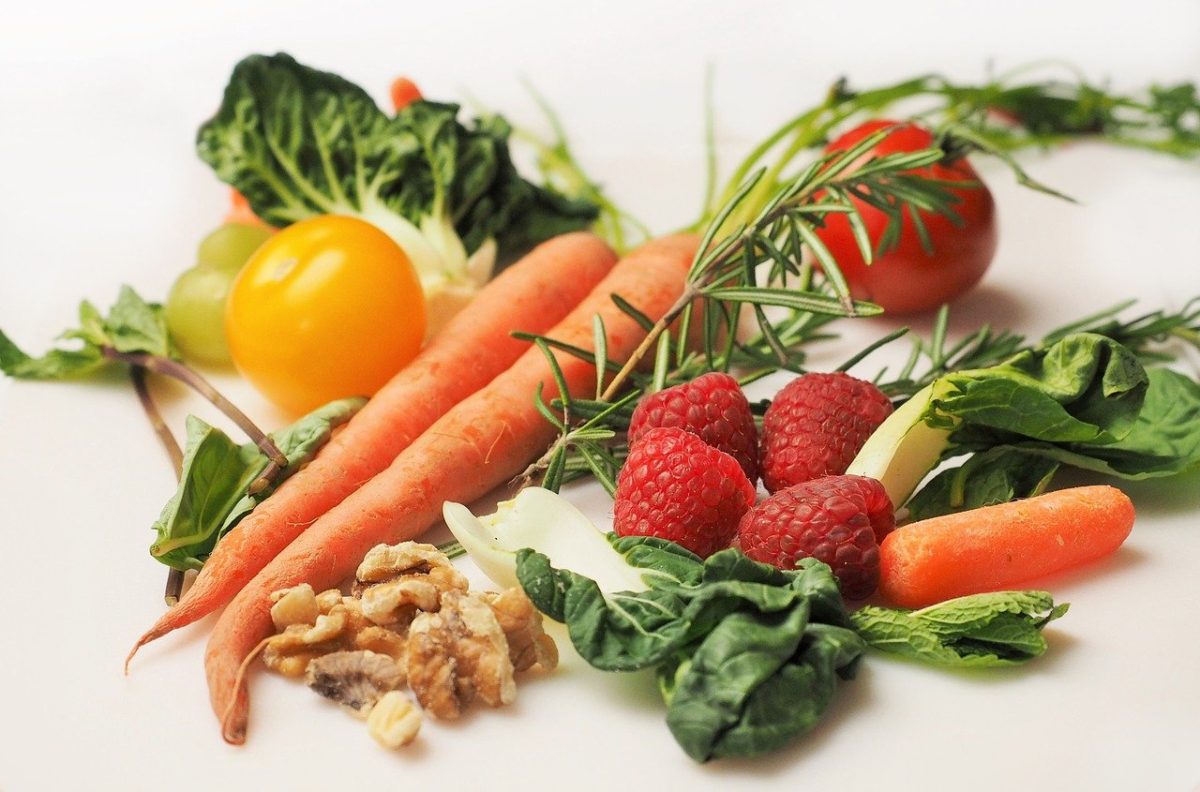
This post may contain affiliate links, which means I can receive a commission from any purchase made from the links. I earn from purchases from Amazon links. See the disclosure policy here.
You don’t have to be perfect to change the world for the better. You and your family can make a big difference with simple efforts because it adds up! Improve with these quick tips on reducing food waste and saving the landfills from single-use plastics.
This post is all about strategies to help reduce food waste at home.
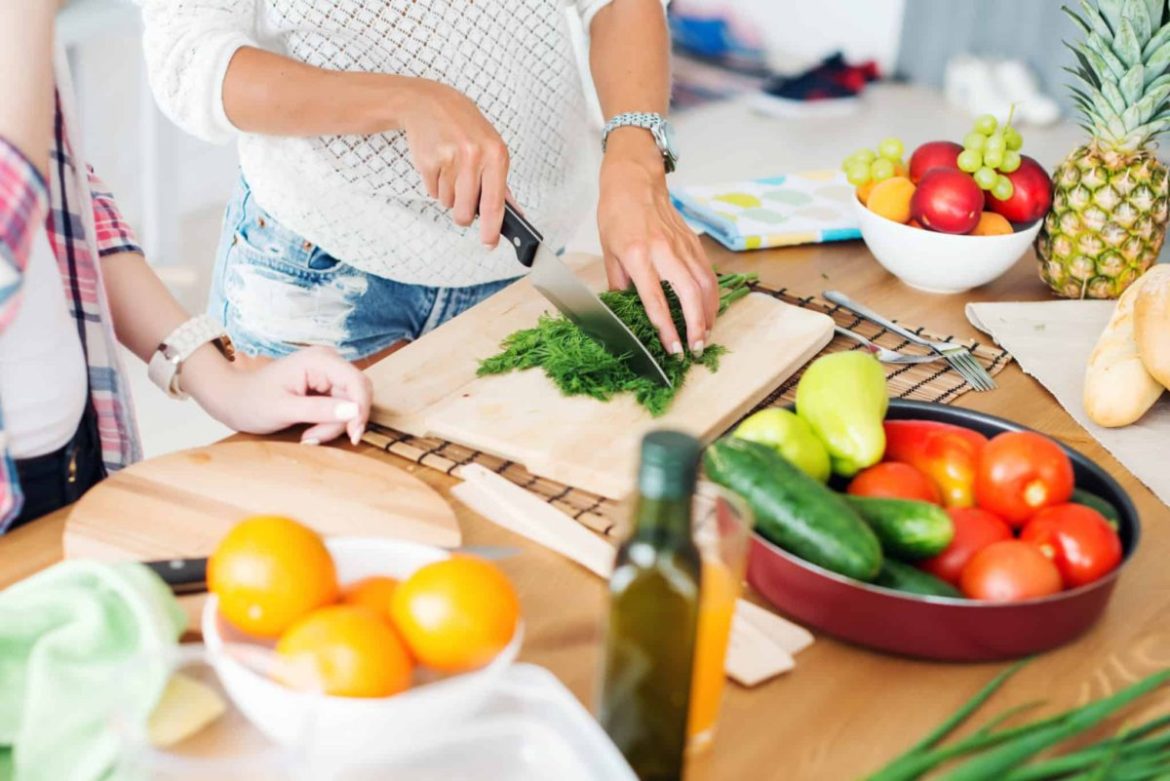
Waste Warriors: 30 Clever Ways to Reduce Food Waste
The kitchen, often the heart of the home, significantly impacts the amount of waste we produce, especially in larger households. But it’s also where we can make the most substantial changes with ingenuity and foresight.
Reduce Waste and Save Money
Would you like more money? Who wouldn’t?! How much money have you spent on edible food that went bad before you ate it?
Do you know how much produce you have had to toss out because you didn’t take the time to cook at home but got take-out instead? And, how often do you have food left over in the styrofoam takeaway container?
I wasted so much money on food and packaging. Sadly, the national average cost of food waste is about $1500 a year per family.
What could you do with an extra $1500?
Reducing food waste is a global concern as well as a personal one. We must stop throwing away edible food.
So, take the time to practice these nine strategies to reduce your food waste, and by default, you will create less garbage and keep more money in your pocket!
In the United States, families throw away nearly half of all the food they purchase. According to the USDA, people toss out an estimated 66.5 million tons of food annually!
Food products are a big business. Unfortunately, most of these packaged items use non-recyclable materials. Plastics can have perks such as reducing the weight of shipments and fuel consumption.
However, the environmental cost dramatically outweighs the benefits. The overuse of plastics is proving to have devastating effects on the environment.
Here are some helpful tips to reduce food waste!
- Buy food in smaller quantities.
- Do a pantry purge and fridge cleanout to use up what you have before shopping.
- Use a shopping list.
- Compost vegetable scraps.
- Freeze items before they go bad. Store foods like ripe fruits in the freezer or dehydrate for a tasty
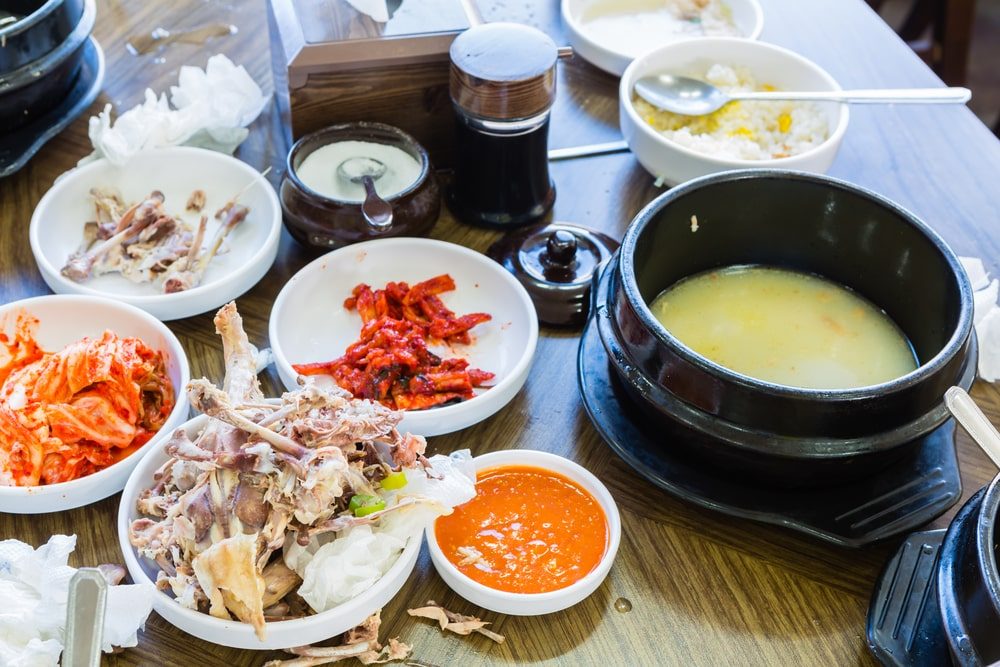
#1 Can Dining In Help Reduce Food Waste?
The most important way to reduce the amount of food (and plastic) waste is to take responsibility for what we spend our money on.
Instead, consider dining out much less often and preparing your meals every day. This ensures you know how your food was prepared and what went into it.
Also, making your meals prevents all the utensils, bags, and styrofoam from going straight to a landfill.
Prioritize your nutrition. Shop for the necessary ingredients first, which can help you avoid unnecessary packaged food products.
Preparing food yourself is the best way to know exactly what is in it. So, I recommend dining in whenever you can, but dining out should also be enjoyed. Have fun, eat well, and support the businesses you care about.
Look for organic farm-to-table restaurants and consider splitting a dinner with a partner. That is a great way to reduce the amount of food thrown away.
You can enjoy your life and still try to make the world a better place.
Tips for Reducing Food Waste While Dining Out
- Opt for restaurants that pack their food in paper and cardboard packaging.
- Refuse plastic cutlery, condiments, plastic cups, straws and lids.
- Bring your to-go kit with silverware, a glass container, an insulated bottle, and condiments.
- Dine in instead of carrying out. You can make zero extra waste by skipping the take-out meal.
- Support great restaurants that share your commitment to reducing food and plastic waste.

#2 Reverse Meal Planning to Reduce Food Waste
I’ll admit it. Meal planning has not always been easy for me, and the routine is my biggest challenge.
Initially, I do well until I drop the ball, and I will drop the ball. I have found a new way that works better and prevents food waste – reverse meal planning!
Reverse meal planning is just planning a menu of meals you can make using only the ingredients you have before the next grocery run.
For example, this method requires you to use up all perishable ingredients. Also, if you have more food left over than expected, consider ways to preserve it. Make soups, broths, and freezer meals.
Use reverse meal planning with future meal planning using a simplified meal schedule to make dinners easy!
So, create a rhythm that works for you and your family. Have special foods each day of the week. For example, try Meatless Mondays or Taco Tuesdays.
This keeps decision fatigue out of the kitchen and reduces the stress that goes along with it.
Read more about creating a grocery shopping list to save time and energy when meal planning.
Try This Simplified Eating Schedule to Help Reduce Food Waste:
Mondays: Vegan Buddha Bowls
Tuesdays: Mexican Style, not limited to Tacos
Wednesdays: Instant Pot or Slow-Cooker Meal
Thursdays: Sheet Pan Dinners
Fridays: Soup and Salad
Saturdays: Sushi, Fish or Seafood
Sundays: Dine Out
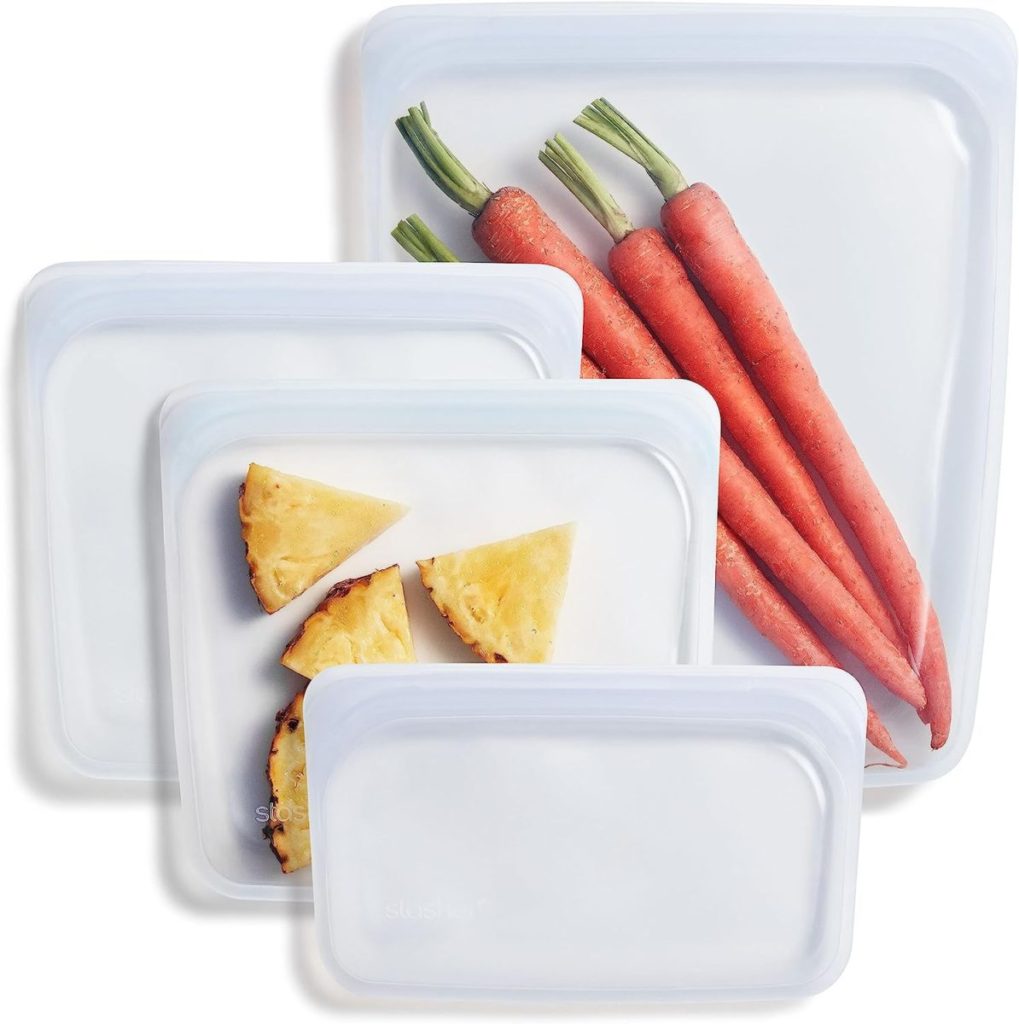
#3 Stock Up on Tools
A little preparation goes a long way to help reduce food waste and garbage. Invest in well-made glass storage containers with locking lids, jars, and reusable silicone freezer bags.
In addition, keep a to-go kit in your bag or car for dining out. By stocking the tools you will need, you will set yourself up for success.
Pro-Tip: Freeze fruit like berries and bananas for smoothies.
Have These Tools on Hand to Make Reducing Waste Easier
- Silicone Freezer Bags
- Wide-mouth Mason Jars
- Beeswax Wraps
- Glass Storage Containers
- Small Glass Containers for Condiments
- Insulated Beverage Travel Cups, Mugs, or Hydro-flask
- To-Go Kit: Silverware set, Reusable Glass Straws, Glass Storage Container, Cloth Napkin, Condiments as Required
#4 Shopping Tips to Reduce Food Waste
I swear by creating the perfect standard shopping list and sticking to it. More importantly, buy some things in bulk and fresh produce weekly, so the chance of creating waste is small.
Try Out These Tips on Your Next Shopping Trip
- Create a Grocery List Template from this free download and a go-to meal plan so you can know which meals to make at any time.
- Buying in bulk: Order items you will consume within six months and try to order from fewer places to combine shipping.
- Importantly, you should make a weekly grocery order for fresh produce and fish or meats. Buy the minimum amount of produce you and your family will consume that week.
- Buy the best whole, organic foods.
- Shop at your local farmer’s market whenever possible.
- Shop for plastic-free groceries
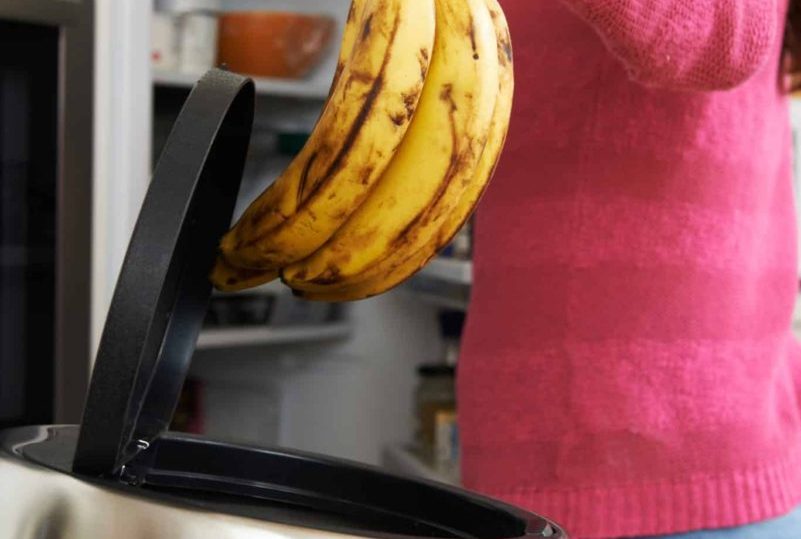
#5 Waste Not, Want Not
Before your next shopping trip, try using any ingredients you have. For instance, soup is a great way to enjoy all the produce before it expires.
I always keep cans of crushed tomatoes and spices on hand to make a hearty stew or veggie soup. Soup is such a comfort food and is full of nutrients! There are so many recipes to try.
More Ways to Reduce Food Garbage
- Chop onions, celery, garlic and dehydrate. Then, blend them in a food processor. This makes an AMAZING seasoning for later use.
- Root vegetable scraps, potato skins, and other bits and pieces of produce can be frozen for later instead of composting. After each meal prep, place the scraps in a container in the freezer. Use this to make vegetable stock. For extra nutrients and flavor, freeze the vegetable stock in ice cube trays to add to dishes like mashed potatoes or soups.
- Make and freeze (or can) soups to enjoy later
- Get a countertop compost bin to make composting a breeze.

#6 Set a Routine to Reduce Food Waste
Creating a routine is the ticket to success. You must set aside time to plan and prepare for the next day. Prepare your lunch and have a dinner idea ready so you will already have the ball in motion.
The leading cause of food waste at home is lack of preparation.
You might be tired at the end of the day. However, if you have a simple plan, you will be less likely to give in to ordering take-out when you need to use the produce in your fridge!
Things to Take With You to Reduce Food Waste
- Lunch
- To-go Kit
- Snack- Always!
- Water bottle and mug. I swear by these two brands!
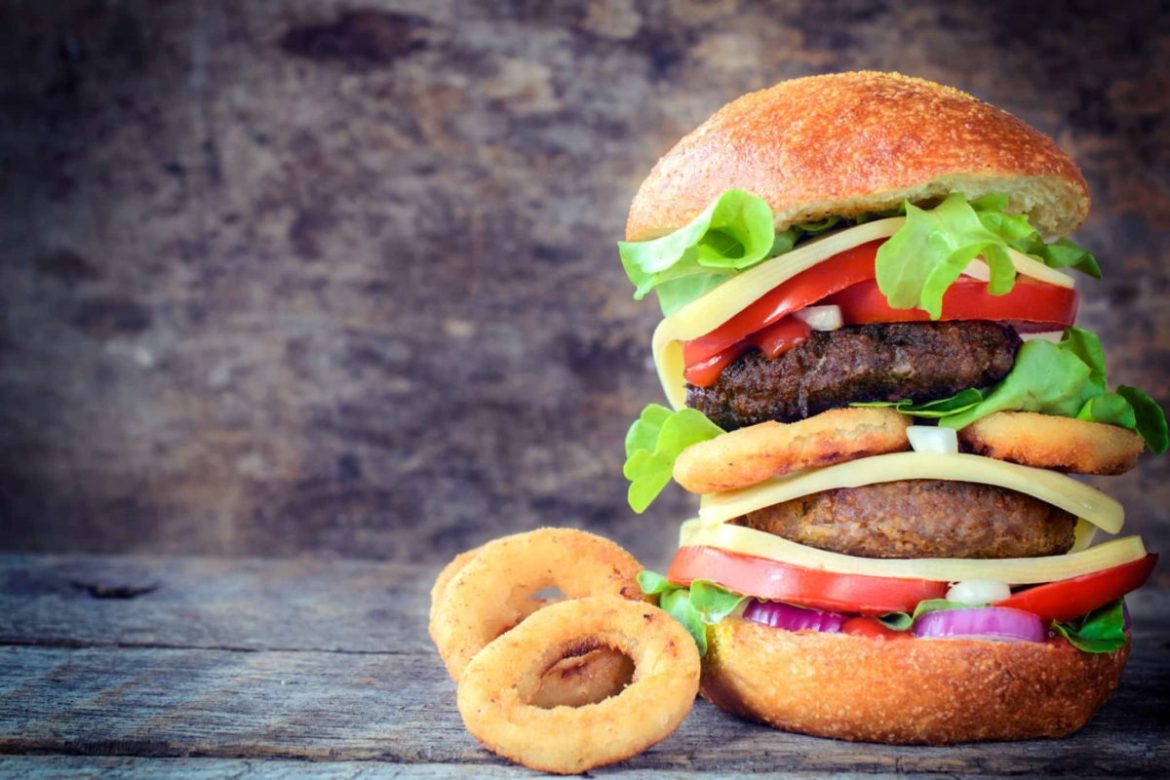
#7 Improve Your Relationship With Food
Food brings us together. We create traditions and customs that wouldn’t stand without certain foods. And, of course we look forward to birthday cakes and holiday turkeys!
We look to food for comfort, happiness, and pleasure. However, food addictions are real. In our society, there is insufficient support and education to help people form healthy relationships with food.
We see advertisements for unhealthy fast-food restaurants, sweets, and drinks. Unfortunately, food can be the root cause of diseases.
Reflect on These Ideas to Help Heal Your Relationship With Food
- You can nourish your body with the most nutrients every time you eat, providing everything it needs to repair and restore health. Don’t take that for granted. The better food you give your body, the better you feel and perform.
- Eating whole fruits, vegetables, beans, and some grains feeds healthy gut bacteria, which keeps your immunity at its best.
- Don’t fear food, and forgive yourself for eating that cookie! If you commit to nourishing your body with the healthiest foods available most of the time, it will perform better, so you won’t need to be so strict.
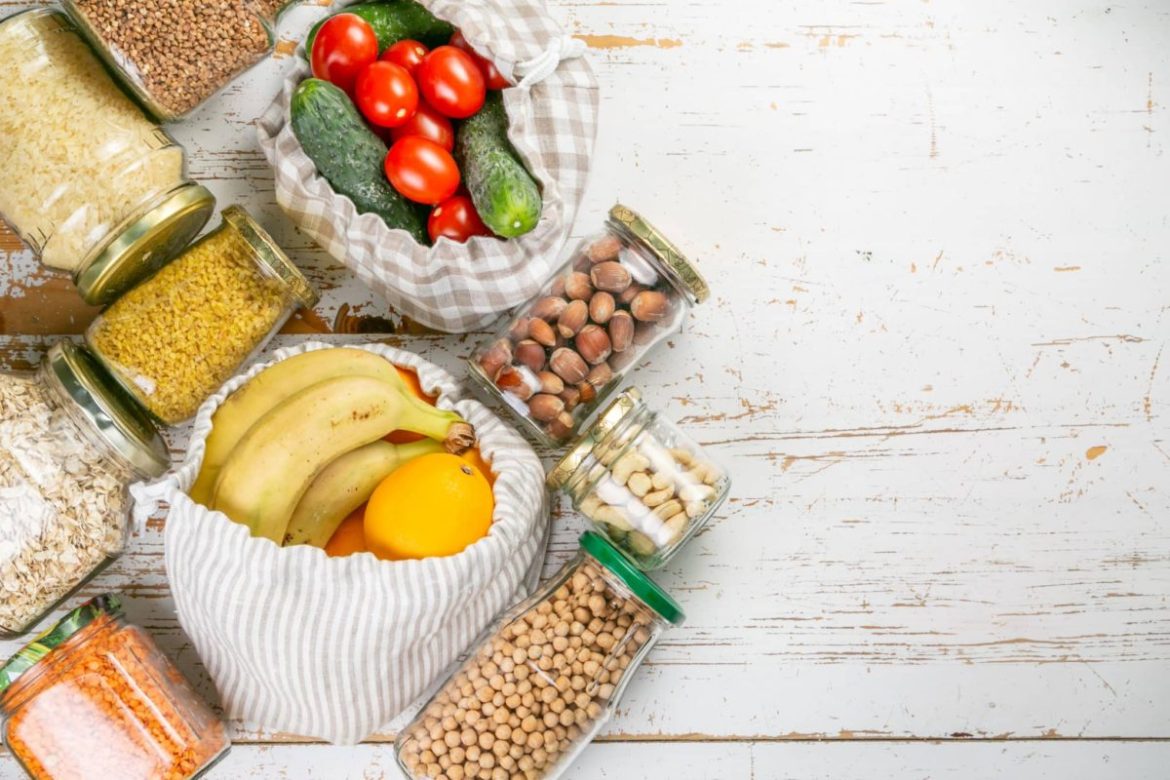
#8 Adopt a “Zero-Waste” Mindset
The zero-waste movement can be viewed as an extreme and unsustainable lifestyle. Although that can be true in some instances, I have found that having a “zero-waste” mindset is very motivating.
It is possible to make absolutely no waste, but not always. Realistically, most people cannot commit to that extreme until bigger changes are made in our society. But I believe that every little effort is worth it.
Don’t worry if you aren’t perfect. Do your best, and try to live in a way that is inspiring to others. Remember that we vote for the world we want to live in every time we swipe our cards.
The outstanding number of single-use plastics are piling up in landfills. In our society, going zero waste seems like fighting a losing battle. It is a worldwide problem, and it might feel impossible to make any impact on your own.
Don’t be discouraged! Reducing food waste in your kitchen, choosing restaurants with paper packaging, and avoiding single-use plastics by bringing your mug can make a big impact.
Every purchase we make is a vote. Using less disposable plastic will, in turn, lessen the demand for it.
This post was all about strategies you can use to help reduce food waste at home.


